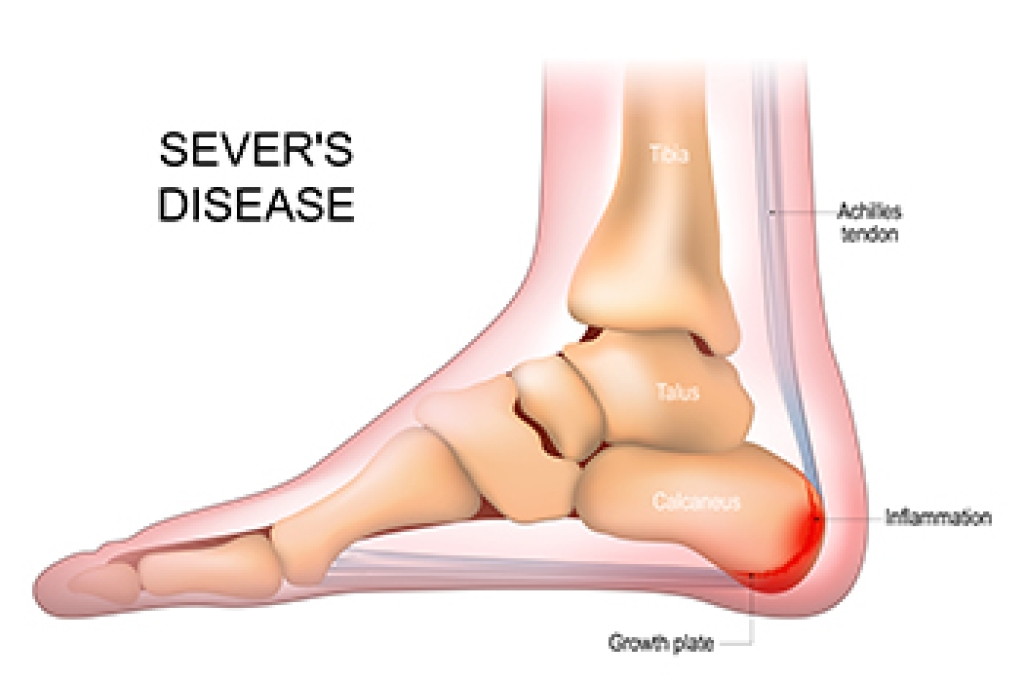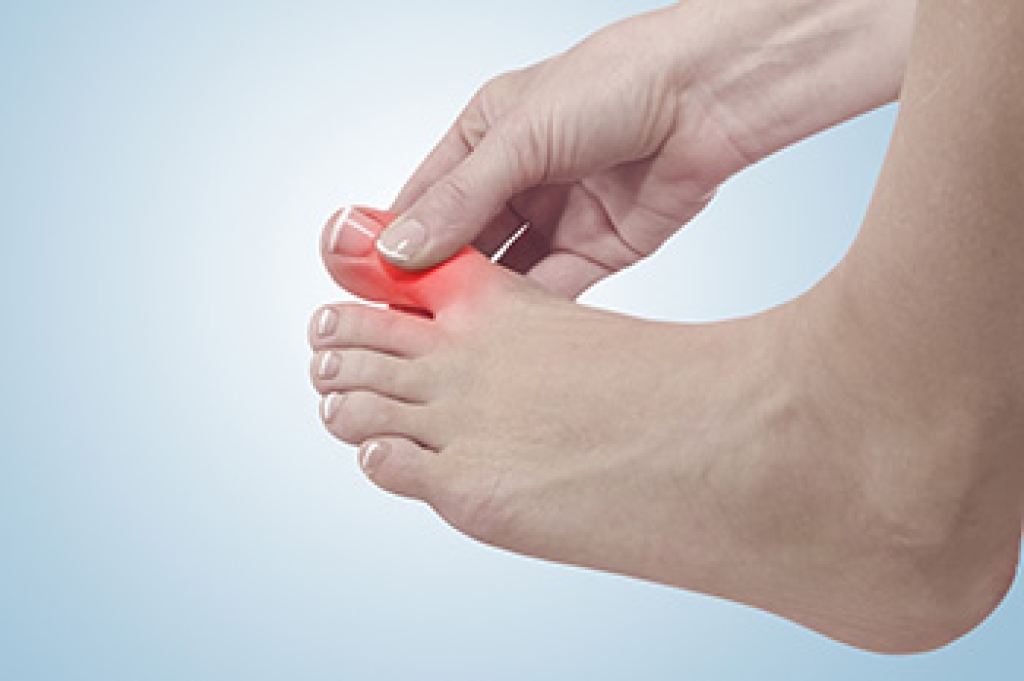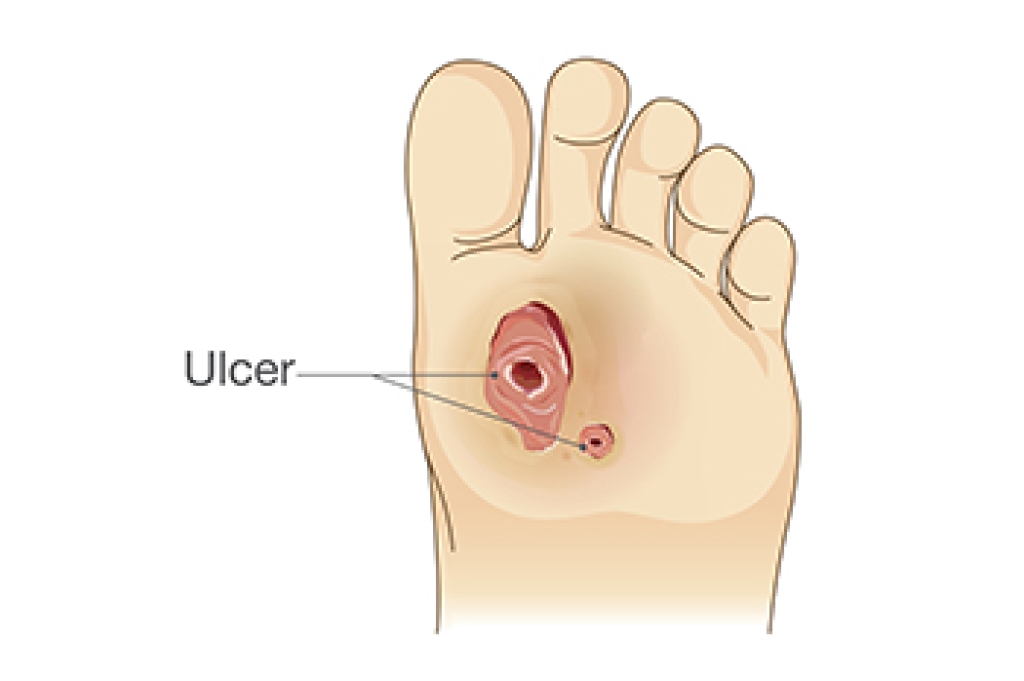
Heel pain in young athletes is often caused by calcaneal apophysitis, commonly known as Sever’s disease. This condition affects the growth plate at the back of the heel, where the Achilles tendon attaches. It typically occurs during growth spurts when bones grow faster than muscles and tendons, creating tension and inflammation at the heel. Pain may increase with running, jumping, or sports that involve repetitive impact on the feet. Although frustrating, recovery takes time and requires rest, stretching, and sometimes heel supports or orthotics. Returning to play too early can delay healing and worsen symptoms. Patience and proper care allow the inflamed growth plate to heal completely and prevent chronic pain or reinjury. If heel pain persists or interferes with activity, it is important to see a podiatrist for a proper diagnosis, treatment, and guidance on a safe return to the desired activity.
Sever's disease often occurs in children and teens. If your child is experiencing foot or ankle pain, see Larry J. Kipp, DPM from Coastal Podiatry Center. Our doctor can treat your child’s foot and ankle needs.
Sever’s Disease
Sever’s disease is also known as calcaneal apophysitis, which is a medical condition that causes heel pain I none or both feet. The disease is known to affect children between the ages of 8 and 14.
Sever’s disease occurs when part of the child’s heel known as the growth plate (calcaneal epiphysis) is attached to the Achilles tendon. This area can suffer injury when the muscles and tendons of the growing foot do not keep pace with bone growth. Therefore, the constant pain which one experiences at the back of the heel will make the child unable to put any weight on the heel. The child is then forced to walk on their toes.
Symptoms
Acute pain – Pain associated with Sever’s disease is usually felt in the heel when the child engages in physical activity such as walking, jumping and or running.
Highly active – Children who are very active are among the most susceptible in experiencing Sever’s disease, because of the stress and tension placed on their feet.
If you have any questions, please feel free to contact our office located in New Port Richey, FL . We offer the newest diagnostic and treatment technologies for all your foot care needs.





